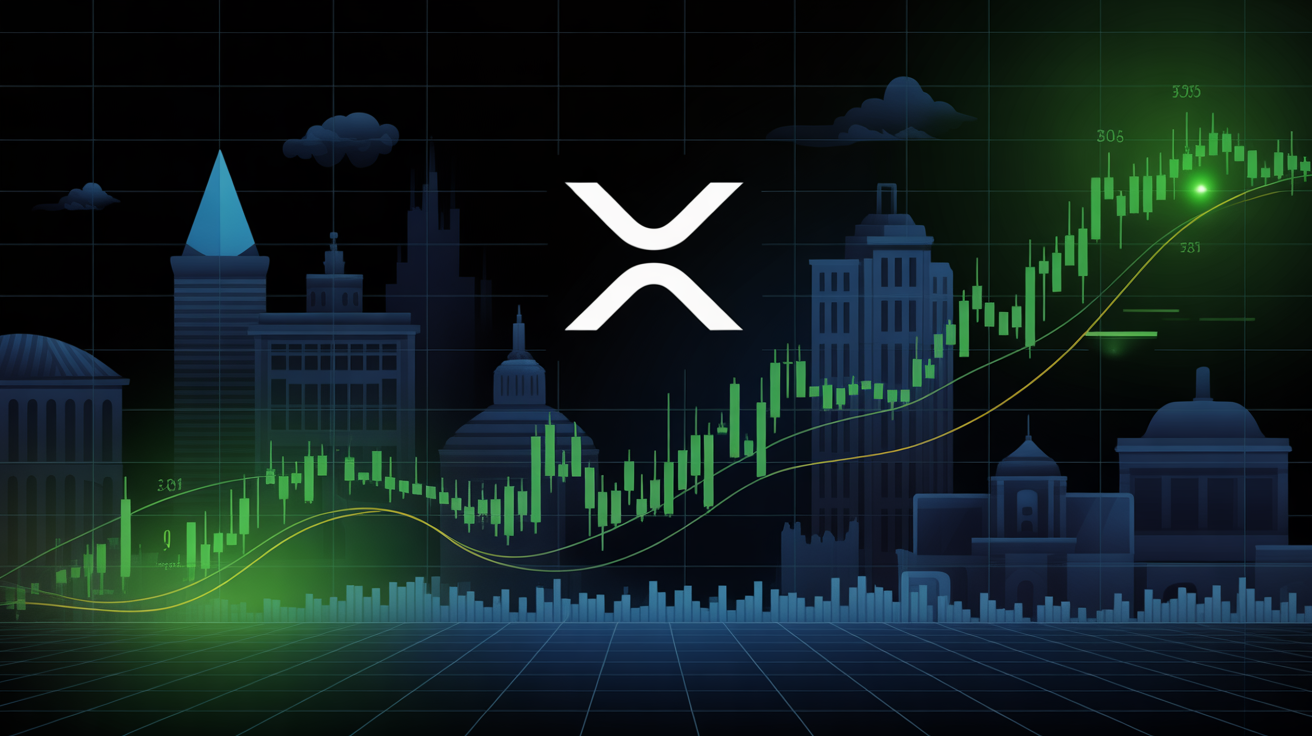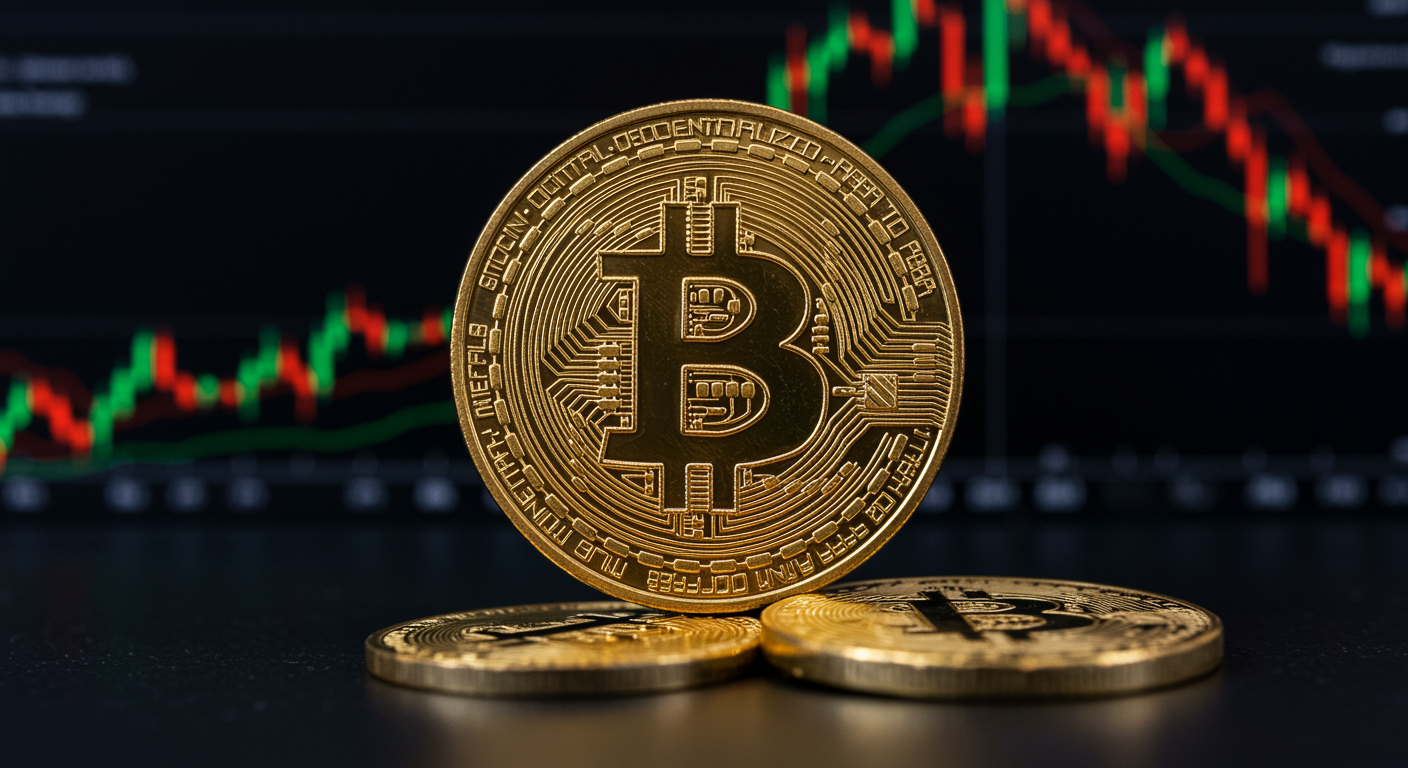Bond Market Tremors: A Canary in the Coal Mine for Bitcoin’s Next Move?
As cracks begin to form beneath the surface of financial markets, a familiar warning light is flashing again: credit spreads are widening — and fast.
Measured by the IEI/HYG ratio (comparing short-term Treasurys to high-yield corporate bonds), credit spreads have just hit their highest point since August 2024. That month marked the start of a brutal correction for bitcoin, which fell 33% amid a violent unwind of the yen carry trade.
This time, the IEI/HYG ratio is spiking at its fastest pace since the Silicon Valley Bank crisis in early 2023 — a moment that saw BTC plunge to sub-$20K levels. Historically, such a sharp move in spreads has meant one thing: risk-off mode is kicking in, and assets like crypto tend to get caught in the downdraft.
Credit spreads widen when investors start to price in more risk — demanding higher returns to hold corporate bonds versus government debt. It’s a classic signal that market confidence is eroding and liquidity could tighten.
But here’s where things get interesting.
Despite the stress flashing from credit markets, bitcoin has been unusually calm. While equities sold off, BTC managed to hold ground above $80,000 — even outperforming major indexes. That divergence has sparked a new narrative: bitcoin as a “U.S. isolation hedge,” a kind of digital sanctuary in times of policy chaos and geopolitical fragmentation.
The question is whether bitcoin’s recent strength is the start of a new era — or just a brief calm before another storm.
If credit spreads continue to rise, broader financial stress may force investors into a “sell everything” mode. In that case, even BTC’s relative independence might be tested. But for now, it’s holding its own — dancing on the edge while others start looking for the exit.
Share this content:













